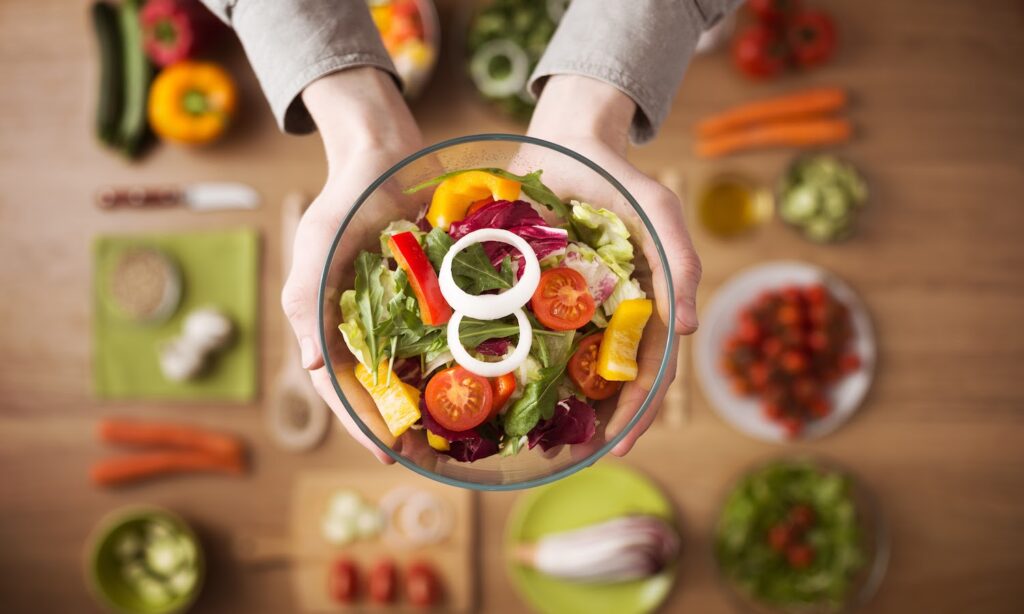
There’s no gentle way to say it — we’re eating our planet raw. Not in the sexy, granola-crunchy, vegan-cafe kinda way. No.
We’re bulldozing forests to farm beef, drowning oceans in plastic-wrapped snacks, and shipping avocados halfway across the globe so we can post brunch pics with #cleanliving.
And guess what? It’s 2025. The receipts are in. The planet is coughing up smoke, bees are clocking out early, and the weather’s drunk.
You can’t scroll two minutes without bumping into a flood, wildfire, or a tomato that now costs more than your rent. Something’s gotta give — and spoiler alert, it’s not just the Earth.
Sustainable eating isn’t about sipping green juice while judging people who eat instant noodles. It’s about scale, systems, and who’s really paying the price.
Because every time you eat, someone’s picking up the tab — and it’s usually the environment or the folks growing your food, getting pennies while your almond milk costs more than their daily wage. You think you’re just choosing lunch.
But you’re voting with your wallet for how the world burns… or doesn’t.
Take meat, for example. The cow’s outta the bag. Livestock eats up more land, water, and grain than most of us realize. A single burger? That’s 1,800 gallons of water — basically a month of showers just to stain your shirt with ketchup.
But the gag is, it’s not just about cutting meat. It’s about where it comes from, how it’s raised, and who profits. Factory-farmed beef from Brazil is a whole different beast than a regenerative cattle farm in New Zealand. One wrecks rainforests, the other builds soil. Nuance matters.
It’s not black or white. It’s blood, sweat, methane, and money.
Flip the script to plant-based — you’d think it’s all rainbows and tofu, right? Not so fast. Monocropped soybeans sprayed with pesticides still ruin ecosystems. Almonds? They’re draining California’s aquifers like there’s no 2075.
And don’t even start on quinoa — communities in the Andes used to live off it; now it’s priced like caviar so we can say “I’m gluten-free.” Not everything green is clean, and not everything local is low-impact. Welcome to the moral grey zone of your grocery cart.
And then there’s waste. Food waste is the ultimate slap in the face — a full third of all food produced gets tossed. That’s like cooking dinner for a family of five, and chucking two full plates straight into the bin.
Meanwhile, kids in your own city are eating ketchup packets and calling it a meal. If food waste were a country, it’d be the third biggest emitter of greenhouse gases after the US and China. Yeah. Let that stew for a second.
Now here’s the mess no one’s mopping up: global supply chains are playing puppet master. Avocados don’t just hop onto your toast; they hitch a ride across oceans, spewing carbon like a chain-smoker.
Strawberries in winter? They came from halfway around the globe, picked by underpaid laborers, shipped in cold storage, and slapped with a smiley-face sticker. Convenience is carnivorous. Every out-of-season bite is biting back.
But the worst part? The illusion of choice. Think you’re free to eat what you want? Think again. Supermarkets feed you what’s profitable, not what’s sustainable.
Ads push what’s addictive, not what’s nutritious. Your diet is being curated — not by your tastebuds, but by algorithms, lobbyists, and a food system engineered for volume, not virtue.
So, what now? No, you don’t need to cry over your bacon or burn your fridge. Start somewhere. Ask questions. Read the damn labels.
Support farmers’ markets, ditch single-use plastics, and give ugly veggies a second chance. Sometimes the “weird” carrot is the one that saves the world.
Sustainable eating isn’t a trend — it’s survival with seasoning. It’s about choosing food that feeds more than just your stomach.
Food that doesn’t turn soil to dust, choke rivers, or trap entire countries in hunger cycles. You don’t need to be perfect. Just conscious. Because this planet? It’s the only kitchen we’ve got.
“We do not inherit the Earth from our ancestors, we borrow it from our children.” — Native American Proverb
And if we’re borrowing it, maybe it’s time we stop eating like we have a spare.


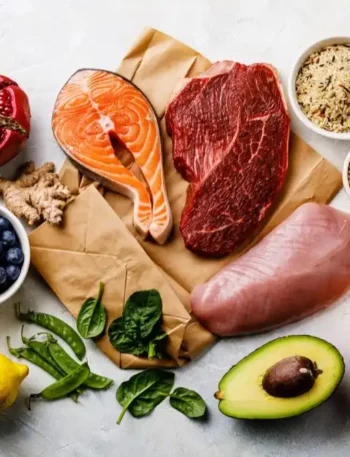
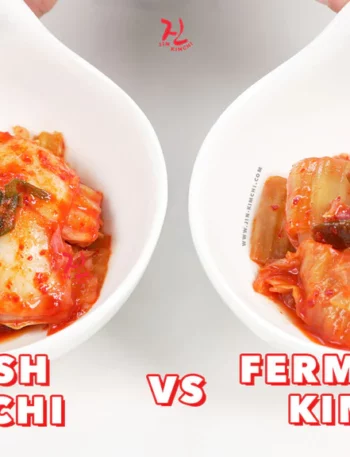
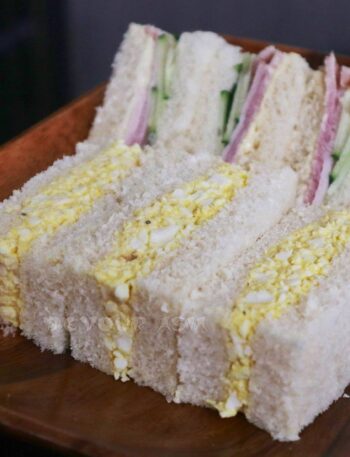
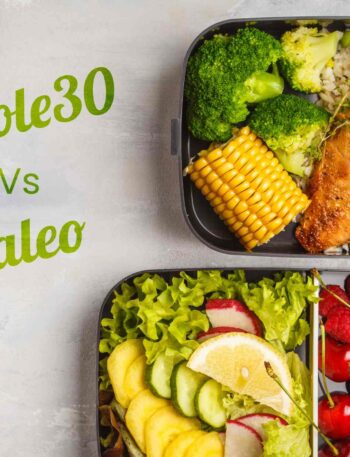
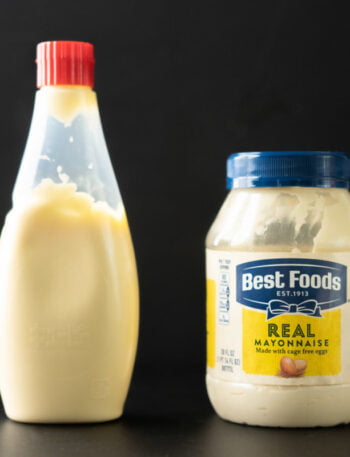
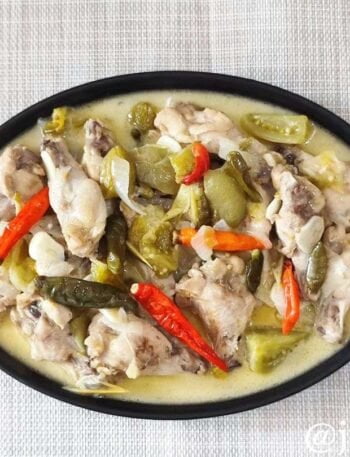
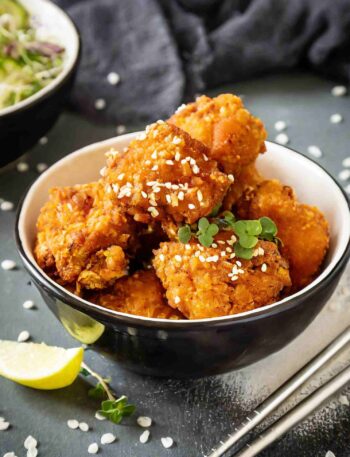

You nailed it — food isn’t just fuel anymore, it’s a full-blown environmental choice. I’m curious how we balance accessibility with responsibility, especially for communities where options are limited.